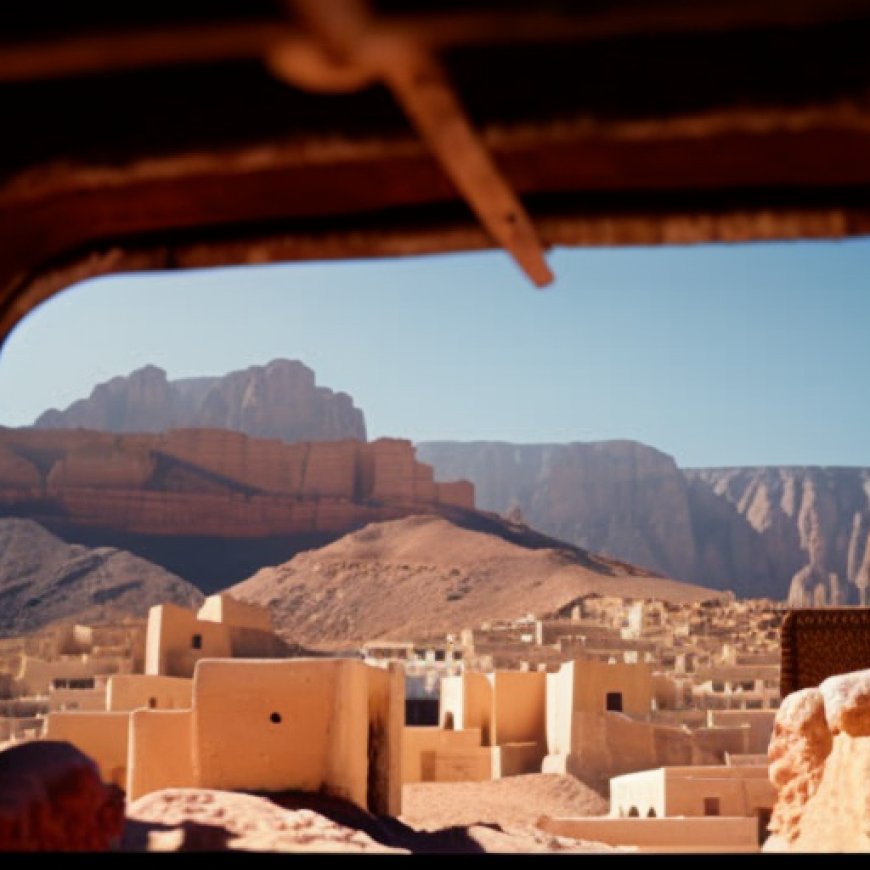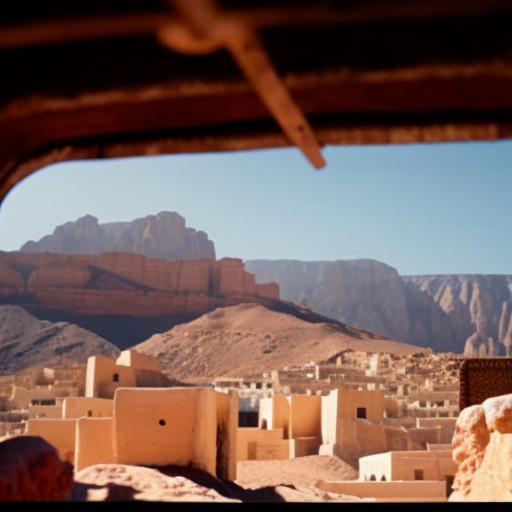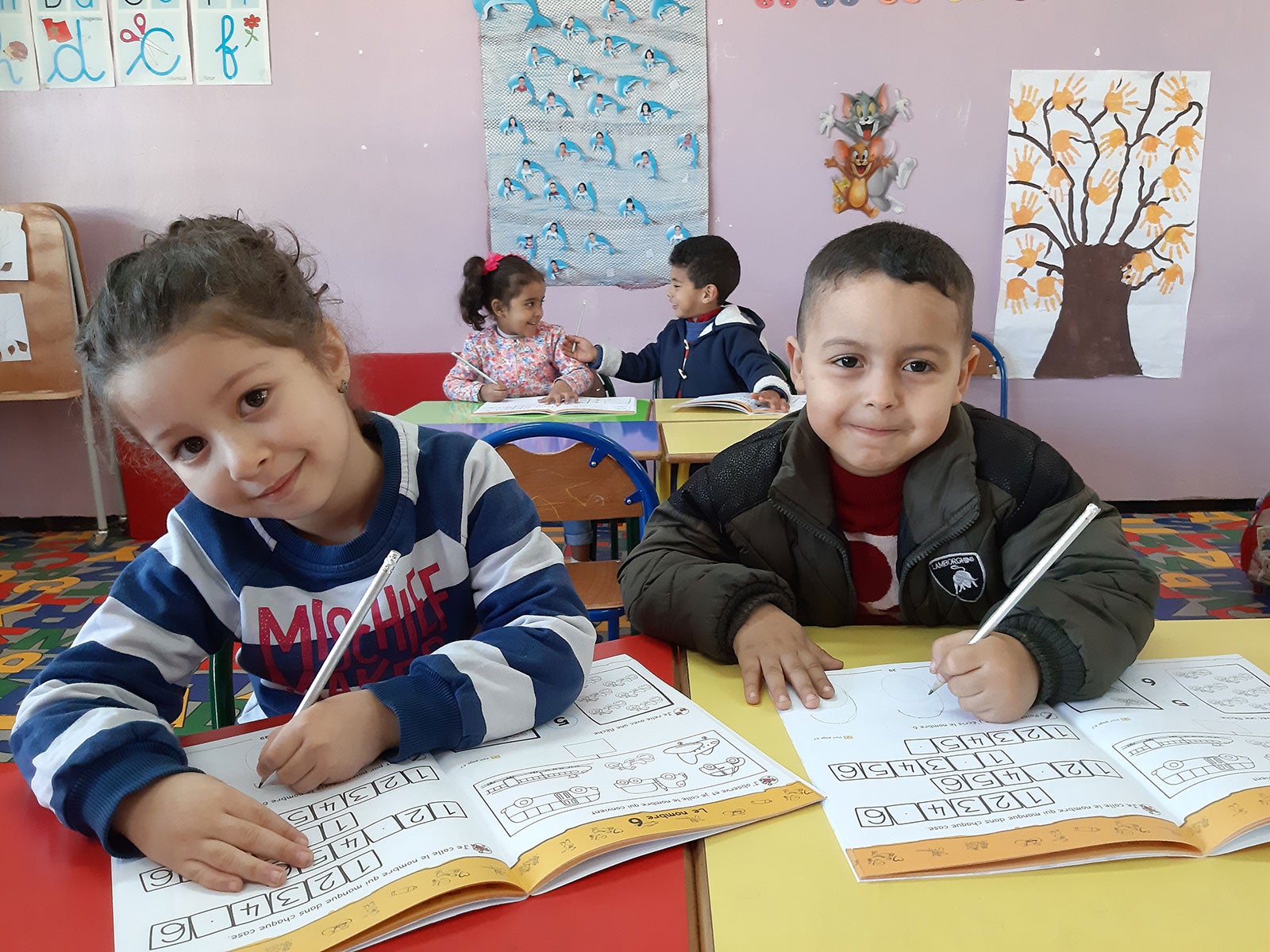Morocco: Going online to fill gaps in early childhood education – CARE
Morocco: Going online to fill gaps in early childhood education - CARE Care.org


SDG 4: Quality Education

Introduction
In Morocco, the lack of preschool facilities in many villages and the reluctance of vulnerable families to enroll their children in school pose challenges to achieving SDG 4: Quality Education. Despite the government’s efforts to prioritize access to preschool education, parents and teachers often struggle to provide a quality education without adequate support or resources.
Challenges Faced by Parents and Teachers
Khadija, a mother in Morocco, expressed her frustration, saying, “When our children attended school and studied, we didn’t know why they couldn’t yet read, write, or even recognize letters.” Similarly, Nadia, a preschool teacher in Casablanca, faced difficulties in her classroom. She explained, “As an educator for children ages 3 to 6, I am responsible for supporting them on a daily basis, providing appropriate educational activities, hands-on activities, and reading time. However, each educator had their own teaching style, with different content, even within the same school districts.”
CARE Morocco’s Initiative: Bright Horizons
In response to the gaps in access and content, CARE Morocco launched Bright Horizons in 2018. This e-learning program builds on CARE’s extensive education and advocacy experience in Casablanca and rural areas of the region. Over the years, CARE Morocco has worked at all school levels, with a particular focus on preschool and primary education. They have advocated with government decision-makers and supported the knowledge and skill development of parents.
Improving Early Childhood Education
At the preschool level, CARE Morocco offers an internationally standardized, in-person training curriculum for preschool educators. This curriculum significantly enhances the quality of early childhood education. To reach teachers who lack access to critical resources, the Bright Horizons program provides an online option, connecting them to the training curriculum.
SDGs, Targets, and Indicators
-
SDG 4: Quality Education
- Target 4.2: By 2030, ensure that all girls and boys have access to quality early childhood development, care, and pre-primary education so that they are ready for primary education.
- Indicator 4.2.1: Proportion of children under 5 years of age who are developmentally on track in health, learning, and psychosocial well-being, by sex.
The article addresses SDG 4: Quality Education. It highlights the lack of preschool facilities in many villages in Morocco and the challenges faced by vulnerable families in enrolling their children in school. This is connected to Target 4.2, which aims to ensure that all girls and boys have access to quality early childhood development, care, and pre-primary education so that they are ready for primary education.
The article mentions the development of Bright Horizons, an e-learning program by CARE Morocco, which offers a standardized training curriculum for preschool educators. This program helps improve the quality of early childhood education and connects teachers to critical resources. The program aligns with Target 4.2 as it aims to provide quality education and prepare children for primary education.
The article does not explicitly mention Indicator 4.2.1, which measures the proportion of children under 5 years of age who are developmentally on track in health, learning, and psychosocial well-being. However, the focus on improving the quality of early childhood education indirectly contributes to this indicator by ensuring that children receive the necessary support and resources for their development.
| SDGs | Targets | Indicators |
|---|---|---|
| SDG 4: Quality Education | Target 4.2: By 2030, ensure that all girls and boys have access to quality early childhood development, care, and pre-primary education so that they are ready for primary education. | Indicator 4.2.1: Proportion of children under 5 years of age who are developmentally on track in health, learning, and psychosocial well-being, by sex. |
Behold! This splendid article springs forth from the wellspring of knowledge, shaped by a wondrous proprietary AI technology that delved into a vast ocean of data, illuminating the path towards the Sustainable Development Goals. Remember that all rights are reserved by SDG Investors LLC, empowering us to champion progress together.
Source: care.org

Join us, as fellow seekers of change, on a transformative journey at https://sdgtalks.ai/welcome, where you can become a member and actively contribute to shaping a brighter future.







